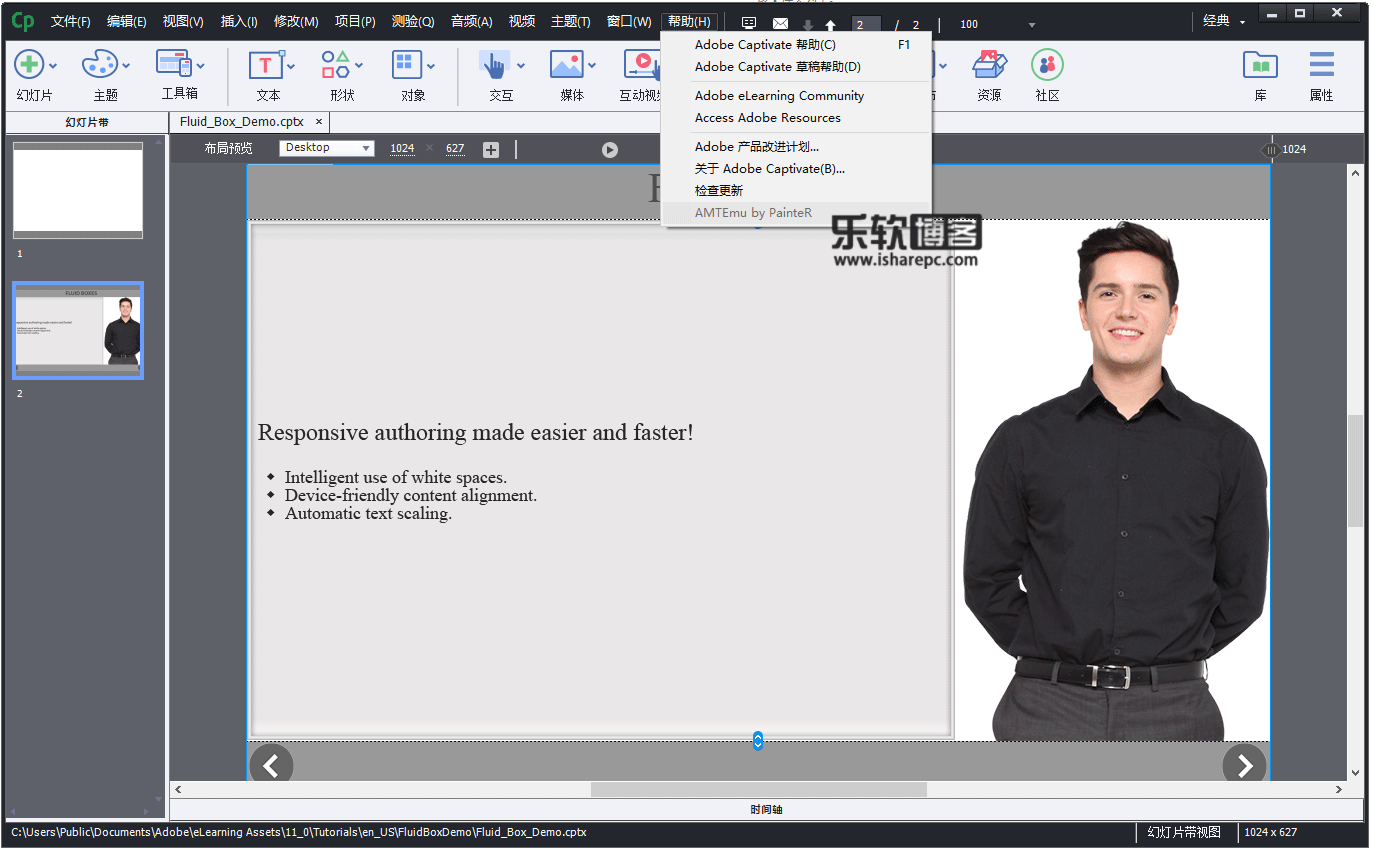
After all, remember the final payoff of this endeavor - an engaged multinational workforce. This is no easy task, but absolutely essential to maximizing your localization ROI. That means extensive logging and archiving during development. Ultimately, your translation vendor must have the same assets as your authoring team. Give your localization team access to all your working files

To open Internet Explorer in admim mode, right-click on the IE shortcut icon or IE link and select 'Run As Administrator'. If you wish to use these tools, please open the page IN ADMINISTRATOR MODE using Internet Explorer. Remember that these files must be downloaded to disk, since your QA reviewer won’t be able to stream from an LMS. The below scan tools will open in a non-mobile friendly page format and ONLY FUNCTION IN INTERNET EXPLORER. Not source editing files exactly, but necessary for quality assurance. Helpful with budgeting and audio recording, but only if they’ve been updated to match your final course. Make sure to provide any editing timelines in Avid, Adobe Premiere, After Effects or Final Cut Pro.ĥ. Your course may have videos that require dubbing or subtitling. While the voiceover narration itself can be extracted out of most courses, it’s important to provide standalone tracks for any music or sound effects to avoid rework. Source files in Adobe Photoshop, Illustrator, Camtasia or another design program will give localization editors access to translatable text strings. Both Storyline and Captivate have powerful translation tools like text export and pre-localized templates - which you can’t access without source files.

Which source assets will you need, exactly? The list follows.Īlso known as the authoring files, usually with the extensions. And of course, each of these elements has a source asset that you’ll need to provide to your translation vendor. Adobe Captivate is an authoring tool that is used for creating e-learning. Courses are often complex, incorporating different kinds of media and documentation. You need to setup the advanced interaction formulas in your.

That said, localizing e-Learning content can be quite difficult. Per the article, “New hires of different cultures feel included and comfortable when they feel like they’re joining a native company instead of a foreign one.” Culturally-appropriate communications, which include localized e-Learning courses, are critical to workforce engagement.Īccording to Forbes, companies fail their cross-cultural employees by not providing materials in their native language, or by sourcing low-quality translations.


 0 kommentar(er)
0 kommentar(er)
